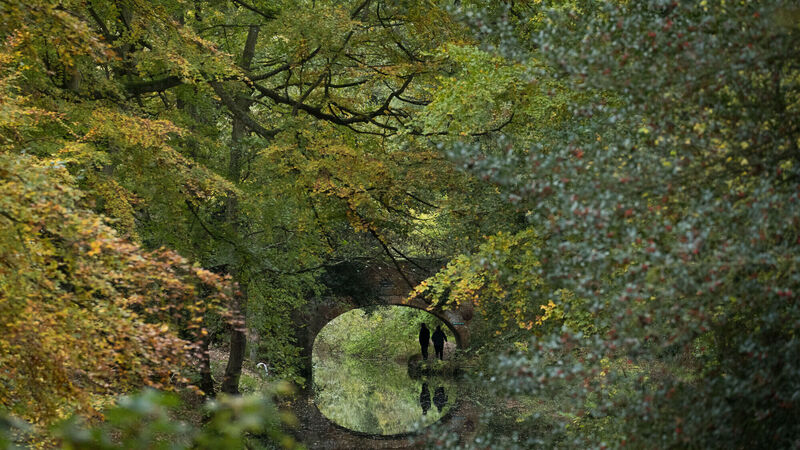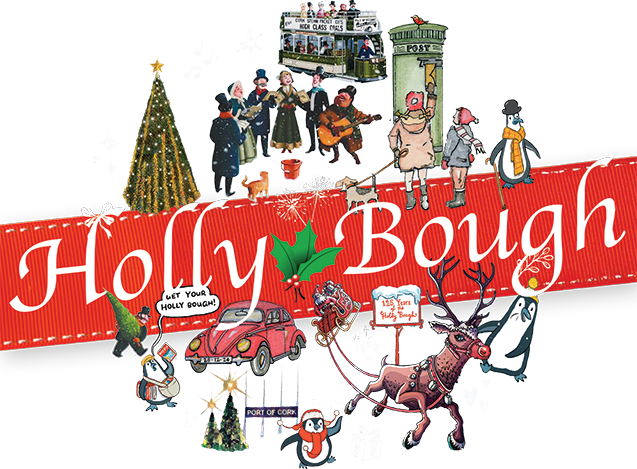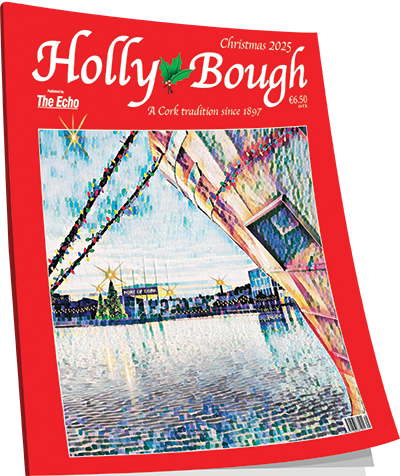Michael Pattwell: Do you know when the seasons begin and end?

A typical autumnal scene— November is said to be a winter month, but we are assuredly in autumn,says Michael Pattwell.
Spring: February through April,
Summer: May through July,
Autumn: August through October
and Winter: November through January.
Even though ‘the weather’, obviously with a mind of its own, didn’t always conform to the definition, I stuck steadfastly to what I had been taught.
Then, like a lot of things I had been taught and believed over the years, I began to have doubts and having looked it up — God bless the internet — I found it is much more complicated than what I had believed.
For a start, it seems the seasons are different depending on whether one is north or south of the equator, but as we are well into the north we can forget about what happens south of the line. In fact, it seems that the dates when the seasons begin and end vary depending on whom you ask.
Two methods are most commonly used to define the dates of the seasons: the and the .
The astronomical definition uses the dates of equinoxes and solstices to mark the beginning and end of the seasons. Thus, Spring begins on the spring equinox; Summer begins on the summer solstice; Fall (autumn) begins on the fall equinox; and Winter begins on the winter solstice, with the beginning of each season marking the end of the last.
On the other hand, according to the meteorological definition, the seasons begin on the first day of the months that include the equinoxes and solstices. Thus, Spring runs from March 1 to May 31; Summer runs from June 1 to August 31; Fall (autumn) runs from September 1 to November 30; and Winter runs from December 1 to February 28 (February 29 in a leap year).
So now we have three different definitions and whilst it probably makes no difference — we have to deal with whatever the conditions are on each day — we are, each of us, free to choose whichever dates we wish. Being somewhat conservative and traditionalist in my approach to things, I refused for years to consider anything other than what I had learned at school. But in recent years I have come around to the ‘astronomical’ definition, probably after years of sliding around frosty roads well into the month of February and even into March. In fact, I would now place my original, traditional definition at the end of the ‘likely’ list.
When I link that to the beautiful little rhyme we also learned at school, I think the astronomical definition fits better:
*I would, however, have one reservation about that. Tulips in June seems a little late in my experience.
According to my original school definition, we are now into winter. According to both the meteorological and astronomical definitions, we are still in autumn, and as I look out my front window the latter is definitely the case.
I live on the side of a hill, looking south over a shallow valley, with the land in front of me dipping and then rising again as it nears the sea. From my hall door I can see the sea around the Seven Heads for about 160 degrees and I get great enjoyment watching the marine traffic. The headland, also, is criss-crossed by a number of roads that are popular with walkers.
As I sit in my study alongside the window, I expect to see at any minute now my friend, Michael O’Brien, who is, in fact, the local bard, passing. He has a great number of his own poems and songs about the locality and what happens in it. Michael likes to walk along the road that runs in front of my house on a daily basis (and often twice or three times a day). He calls the road ‘The Road to Lackarour’ and has compiled a recitation about it that describes the scene exactly. It includes the following stanzas:
I once tried to count the number of fields I can see from my house, but I lost count when I got to about 100. I get great enjoyment from observing the agricultural work that is continuously happening around me and how it is governed by the weather and the seasons generally. For instance, I can still see cattle grazing in the fields because the weather is still mild enough. In another few weeks they won’t be seen because they will be housed for the winter.
Just a few days ago, I saw grass being harvested in the fields in front of my house. That is so different to the way things were done 50 or 60 years ago. Then the grass was cut in early summer and left to lie before being ‘saved’ as hay.
In due course, most grass was (and is) cut, and harvested immediately as silage, and at this stage there are several cuts taken from the same fields. This in turn will result in large flocks of crows and seagulls foraging in the new-cut grass. There they will gather to feed, and every now and then they will rise in unison in short skirrs and land again to feed on their bountiful harvest of little creatures that are exposed in the short grass roots left after the cutting.
Most of the silage now is stored in large, round plastic-covered bales and they will be stored in convenient corners of fields. We will become very conscious of the passing of winter as the piles of bales are diminished and tractors will be seen scurrying through the fields laden with silage bales, one in front and one behind.
One time we thought of ploughing as a spring activity. Now, however, it is common to see ploughing through autumn as the fields are prepared for the sowing of winter corn.
The seagull flocks following the plough were once a joy to behold in spring but now that sight, as described by Joseph Campbell in his lovely poem, I Will Go With My Father A-Ploughing is experienced in autumn also:
Even though snow, when it falls, doesn’t lie in this area for long, come the colder months of winter most of the fields will be well defined because they will be outlined in a thin frame of snow, especially on the sides where the sun can’t get at it.
For rural dwellers, the seasons seem to be much more meaningful.
Contact Michael at pattwellsverdict@eircom.net







 App?
App?







